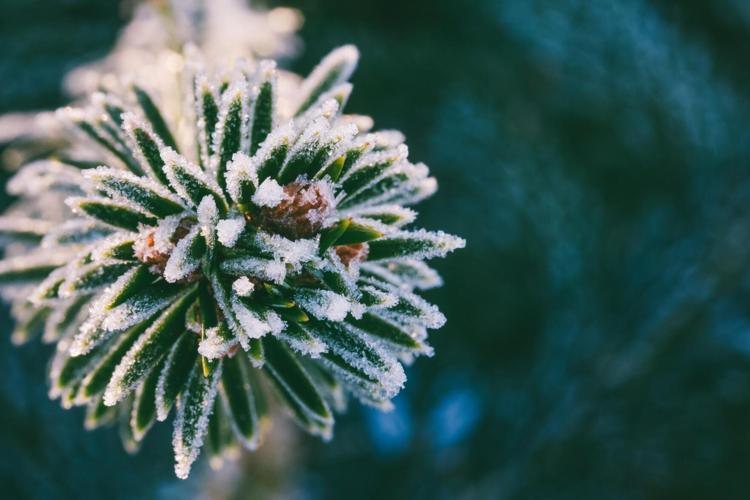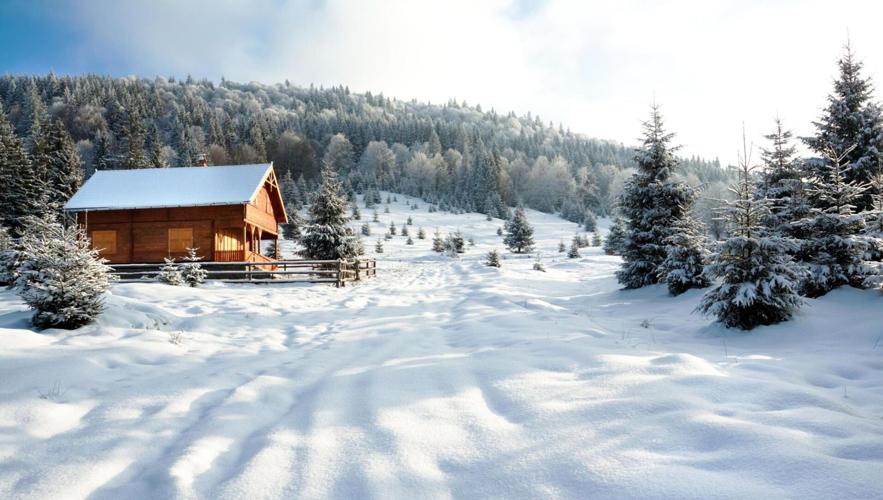
Winter is a magical season, filled with breathtaking scenery and unique photography opportunities. From snow-covered landscapes to frozen lakes and frost-covered trees, the beauty of winter can truly be mesmerizing. However, capturing the essence of winter through photography can be challenging, as the cold weather and white landscapes present their own set of obstacles. In this detailed guide, we will explore transformative techniques that will help you take stunning winter photographs.
1. Embrace the Winter Wonderland:
The key to winter photography is to embrace the beauty of the season. Look for snowy landscapes, frosted trees, and icicles hanging from rooftops. These elements can add depth and interest to your photographs. Consider exploring different locations, such as mountains, forests, or even urban areas, to find unique winter scenes.
2. Master the Exposure:
Mastering exposure is crucial in winter photography, as the bright white snow can often confuse the camera's metering system. To avoid overexposed images, use exposure compensation to reduce the brightness of the snow. Experiment with different settings to achieve the desired exposure. Additionally, shooting in RAW format will provide more flexibility when editing the photos later.

3. Play with Light and Shadows:
Winter offers unique lighting conditions, with low angles of the sun casting long shadows on the snow-covered ground. Utilize these shadows to add drama and depth to your photographs. Experiment with backlighting, sidelighting, and silhouette shots to capture the stunning interplay of light and shadows in the winter landscape.
4. Create Contrast:
Winter landscapes are often characterized by a limited color palette. To make your photos more visually appealing, focus on creating contrast. This can be achieved by incorporating elements with vibrant colors, like a red barn against a snowy backdrop or a person wearing a brightly colored jacket in a white landscape. Alternatively, you can also experiment with black-and-white photography to emphasize the textures and patterns in the winter scenery.
5. Capture Falling Snowflakes:
Snowflakes can add a touch of magic to winter photographs. To capture this enchanting phenomenon, choose a fast shutter speed to freeze the motion of falling snowflakes. Alternatively, a slower shutter speed can create a dreamy effect, blurring the snowflakes as they descend. Experiment with different techniques to capture the beauty of falling snowflakes in your photos.
6. Highlight Winter Activities:
Winter offers a plethora of activities that can add storytelling elements to your photographs. Capture people skiing, snowboarding, ice skating, or building snowmen. These activities can add a sense of scale and narrative to your images, making them more engaging and relatable.

7. Experiment with Macro Photography:
Winter provides unique opportunities for macro photography. Look for frost patterns on windows or close-ups of frozen objects. An extension tube or macro lens can help you capture intricate details that are otherwise invisible to the naked eye. Macro photography in winter can unveil a whole new world that is often overlooked.
8. Keep Your Gear Warm:
Photographing in the cold requires extra care for your camera gear. Batteries tend to lose their charge quickly in low temperatures, so carry spare batteries and keep them warm by storing them in an inner pocket. Additionally, condensation can form when moving from a cold outdoor environment to a warm indoor space. To avoid this, place your camera in an airtight bag before entering a heated area.
9. Incorporate People:
Including people in your winter photographs adds a sense of scale and human connection. Capture the joy on a child's face while playing in the snow or the determination in a hiker's eyes as they conquer a snowy trail. People can bring life and emotion to your images, making them more relatable and memorable.

10. Post-processing:
Post-processing plays a significant role in bringing out the true beauty of winter photographs. Enhance the colors, adjust the exposure, and remove any distractions during the editing process. Play around with various techniques such as increasing vibrancy, adding a vignette, or adjusting the white balance to achieve the desired effect. However, remember to keep the editing subtle and natural, preserving the authenticity of the winter scene.
Winter photography can be challenging but immensely rewarding. By utilizing these transformative techniques, you can capture the essence of the season and create stunning photographs that will transport viewers to the captivating winter wonderland. So grab your camera, bundle up in warm clothes, and let the magic of winter lead you to picture-perfect moments.






(0) comments
We welcome your comments
Log In
Post a comment as Guest
Keep it Clean. Please avoid obscene, vulgar, lewd, racist or sexually-oriented language.
PLEASE TURN OFF YOUR CAPS LOCK.
Don't Threaten. Threats of harming another person will not be tolerated.
Be Truthful. Don't knowingly lie about anyone or anything.
Be Nice. No racism, sexism or any sort of -ism that is degrading to another person.
Be Proactive. Use the 'Report' link on each comment to let us know of abusive posts.
Share with Us. We'd love to hear eyewitness accounts, the history behind an article.